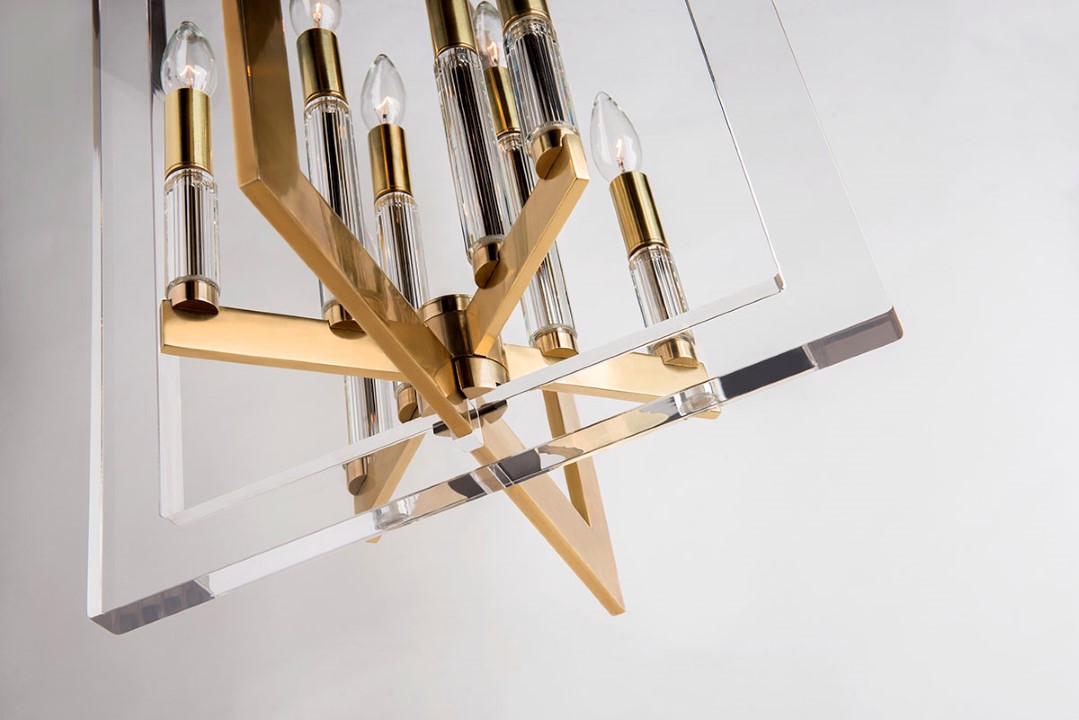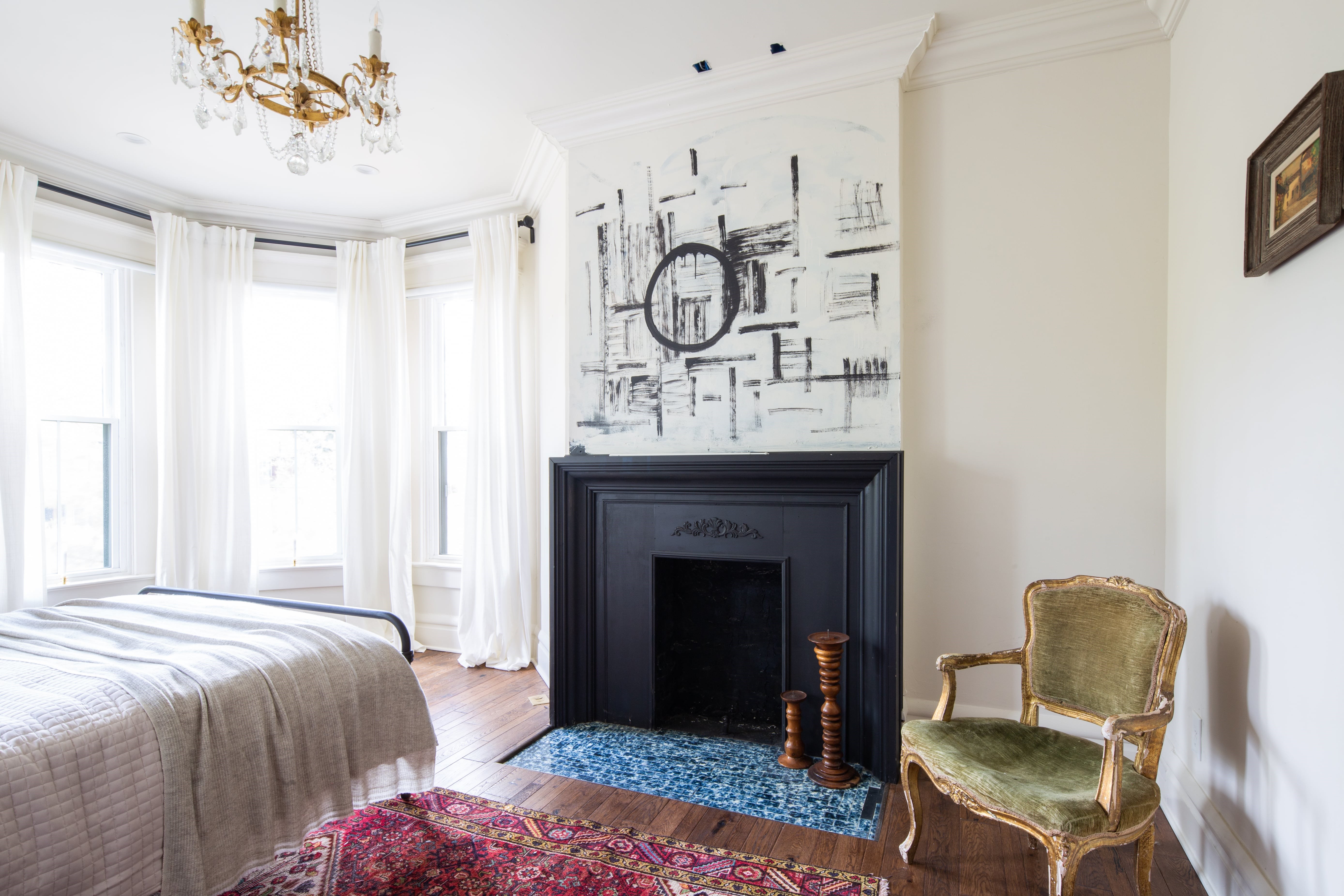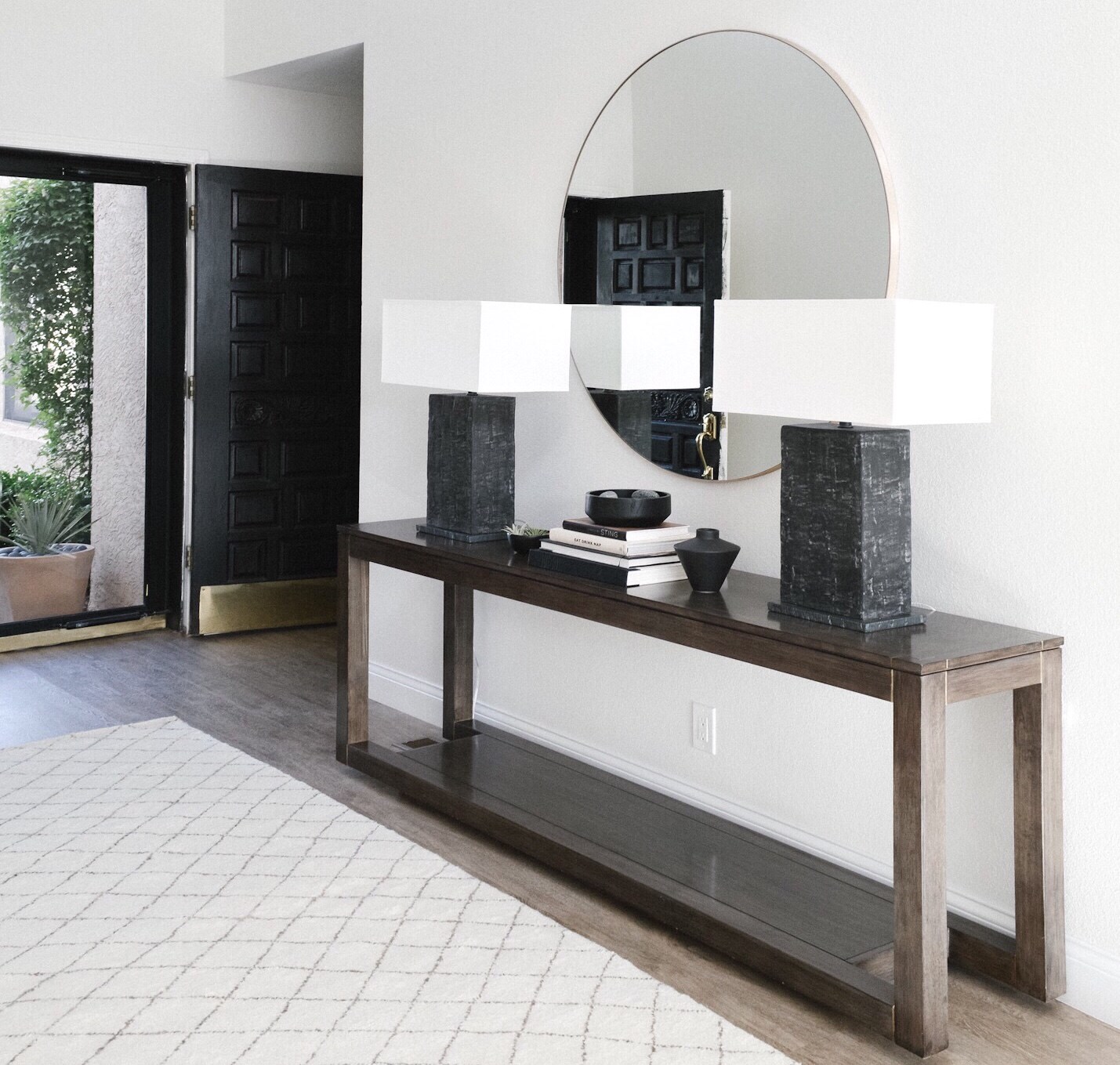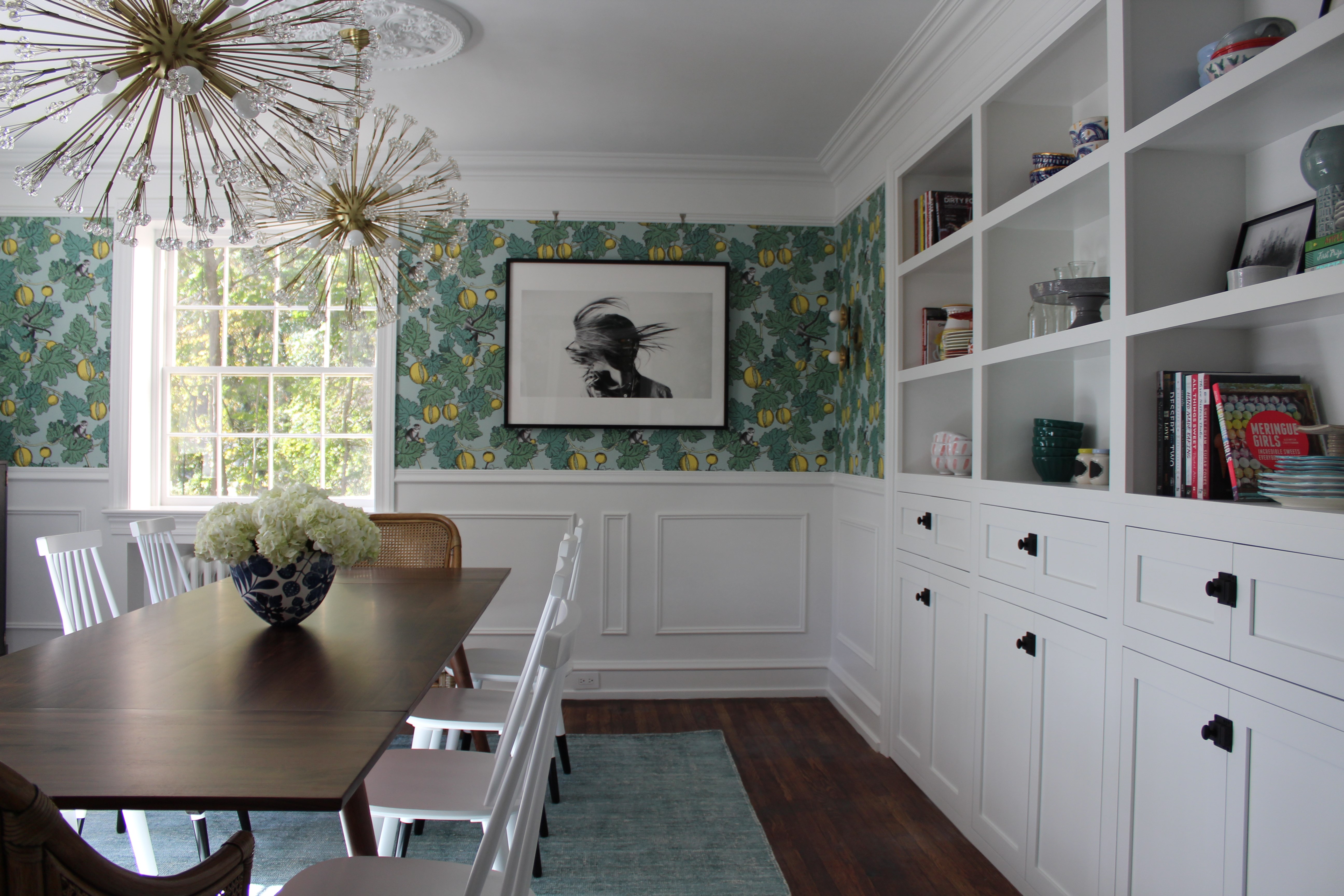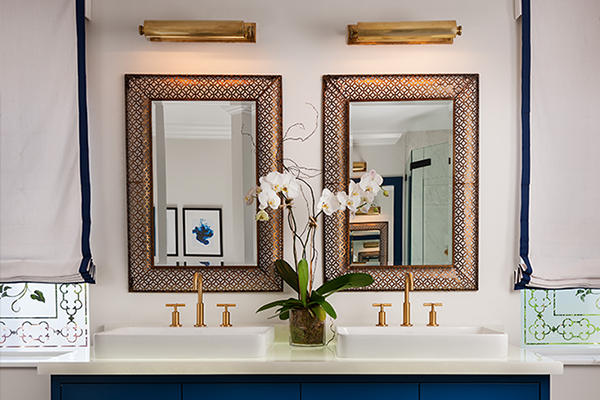The Birth of a Cool Idea
Innovation takes the strangest forms sometimes. When Philippe Starck made his now iconic Louis Ghost Chair, he took the famous silhouette of his country’s Louis XV chair and rendered it in a simplified version comprised completely of plastic. The result? A permanent place in the MoMA, more than a million chairs sold, and a legion of knock-offs.

Starck's Louis Ghost Chair. Image courtesy of Museum of Modern Art Store.
Not that he was the first to be make a living off of Lucite. The idea stretches as far back as the 1939 World's Fair, but it was Charles Hollis Jones who put it on the map and made it an art. One of the first pioneers of acrylic furniture, Jones started in LA in the early sixties and he is still at it today. Critics and celebrities alike were over the moon for his unique translucent furniture pieces, and by the early seventies, his acrylic and Lucite forms were part of an era-defining look.

A vintage Lucite and brass Charles Hollis Jones table enjoys the setting it deserves. Photograph by David Duncan Livingston.
But by the end of the 70s, in part due to a deluge of poor imitations (exclusivity giving way to ubiquity), Lucite and acrylic came to be perceived as “cheap.” Familiarity bred contempt, and the ensuing decade produced some incarnations of the style that have not aged well.
The Comeback
Starting about six years ago, see-through furniture, some with accents of metal, began making a comeback. Acrylic pieces for the home have been restored to their former grandeur; a top ten piece from Elle Decor a couple years ago shows acrylic furniture pieces commanding prices in the thousands. As Starck's place in the MoMA suggests, something about a well-made acrylic piece suggests fine taste, artistic sensibility, and even luxury. Reporting on Charles Hollis Jones’s new organic work in 2009, Morris Newman of the Palm Springs Life writes, “Now, Lucite seems posed to regain its standing as a highbrow material, with new-generation architects, including Marmol Radziner and Associates of Los Angeles, consulting with Jones and commissioning pieces from him.”
The Baltimore Sun, reporting on the phenomenon in February of this year, sums up the comeback of acrylic nicely. They say, “Despite its modern aesthetic, clear acrylic first appeared in furniture, jewelry and accessories during the 1930s. Today, acrylic pieces are sleek and avant-garde when used sparingly, such as in a well-placed console table or living room seating.” Samantha Iaca goes on to write, “It has been popping up on inspiration boards, in design magazines and on fashion blogs throughout the last few years, and it feels luxuriously feminine when paired with blush pink tones, shag rugs and a hint of shimmer.”

We even found an article about a UK company who are "bespoke acrylic specialists." Really. You just read the word "bespoke" next to "acrylic." And that's not even touching "specialist."
So, it's a thing.
We Jumped On It
Presently, not many lighting companies are offering much in the way of acrylic fixtures. Almost like the munchkins after the Wicked Witch of the East's visit, they seem to be asking "Is it safe to come out?" Perennial favorites like Travis, Alpine, and Wellington are classically inspired pieces that give a new, transitional aesthetic to the modern vibe acrylic typically gives off.



The Wrap-Up
Translucent acrylic furniture has had quite an impact on the design world throughout the years. We think this trend fits lighting fixtures just as well as furniture pieces. The airy appearance of an acrylic fixture not only allows other bold features of the room to be the focal point of a space, but they also add an understated sophistication and timelessness that many covet in their homes.
For more acrylic inspiration, check out our Pinterest board here.
What do you think about acrylic? Yay or nay?
*Featured image: Hudson Valley Lighting's Wellington, a combination of acrylic and cast metal.


